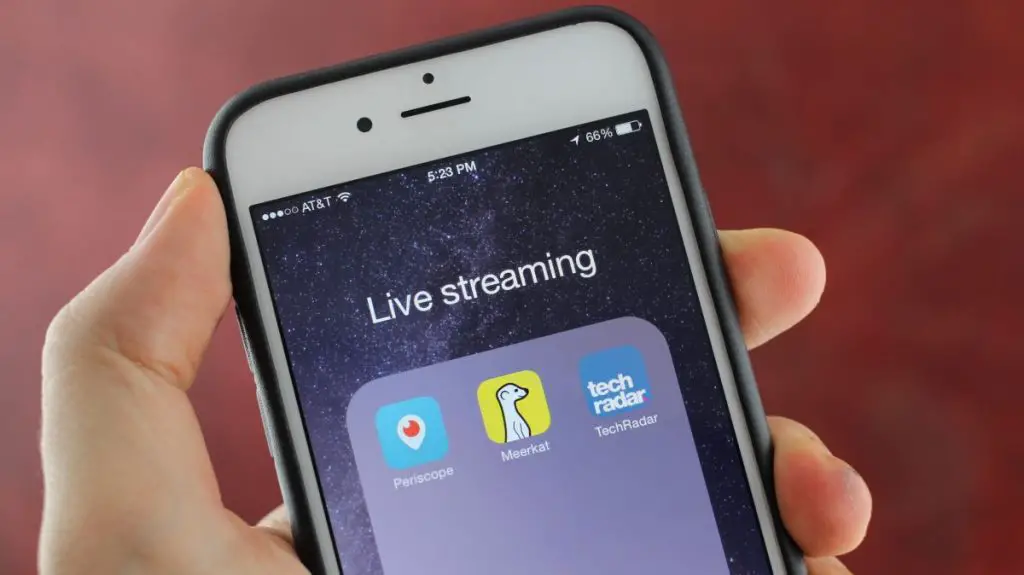The Dark Side of Live Stream
Live video-streaming seems to be at the root of a millennial-suicide epidemic.
By Valarie Kiel, Texas State University
Videos have always brought emotion and relatability in ways photographs can’t, which is why people love them.
Today, as the digital world moves from regular videos to live-video streaming, connections between people are more powerful than ever, because the experience is happening right here, right now.
To be honest, I’ve always been hesitant to share my personal information online, but other people find social media to be the perfect outlet to share their feelings and day-by-day actions. As I scroll down my timeline on Twitter, I worry about the mental health of users, because there have been alarming news reports of suicides occurring through live-video streaming, with two of them occurring in January. What a heartbreaking way to start and end a new year.

On December 30, twelve-year-old Katelyn Nicole Davis filmed herself hanging outside of her home. In her 42-minute video through Live.Me, she explained how a family member abused her, before ending with a goodbye and kicking out the bucket she was standing on. For twenty minutes, the video showed Katelyn dangling from a tree. During those minutes, a woman off-camera was heard yelling her name in panic.
In January, Nakia Venant, a fourteen-year-old Miami teenager, committed suicide, broadcasting herself using the Facebook Live video-streaming service. Venant’s video lasted for two hours and showed her using a scarf to create a noose to hang herself in the bathroom of her foster-parents’ home.
The very next day, thirty-three-year-old Jay Bowdy was found dead in his car after putting a gun to his head and pulling the trigger, while live-video streaming through Facebook. Bowdy had recently moved to Hollywood to pursue an acting career, but had recently posted a video explaining to his fans that he was going to end his life.
Clearly, there is a big cry for help, although it confuses me why someone would want to capture a live-video of his or her death. Could this new suicidal approach be due to cyberbullying? I wonder if live video will be considered a new norm for suicide attempts, or if live-video streaming is making people more comfortable with taking their lives, now that they’ve seen Davis, Venant and Bowdy do so. If so, there is something disturbing regarding the future of social media.
Suicide is the second-leading cause of death for people ages 15 to 34 and the third-leading cause of death among people ages 10 to 14. Horrifyingly enough, the age group I previously stated is that of millennials, the same group who are the biggest influencers of the digital age and the same group to have committed suicide through live-video streaming.
So millennials, social-media users and anyone else out there, pay attention. In today’s world, there are people who use social-media platforms to express their inner-most feelings, which could be a call for help or even a final goodbye. If there is someone you know that could be in harm of themselves, tell someone who can be of assistance.
Here are some warning signs to look out for if you think anyone could be in harm.
If someone you know talks about being a burden to others, feeling trapped, experiencing unbearable pain, having no reason to live or killing themselves, they may be in danger.
Look out for increased drug or alcohol use, reckless behavior, withdrawal from activities, isolation, major change in sleep patterns, aggression and online searches for materials or means to commit suicide. People who are considering suicide often display moods like depression, rage, irritability, humiliation, anxiety and loss of interest.
Suicide is preventable. If you are in a crisis, call the National Suicide Prevention Lifeline at 1-800-273- TALK (8255) or contact the Crisis Text Line by texting HELLO to 741-741.

















